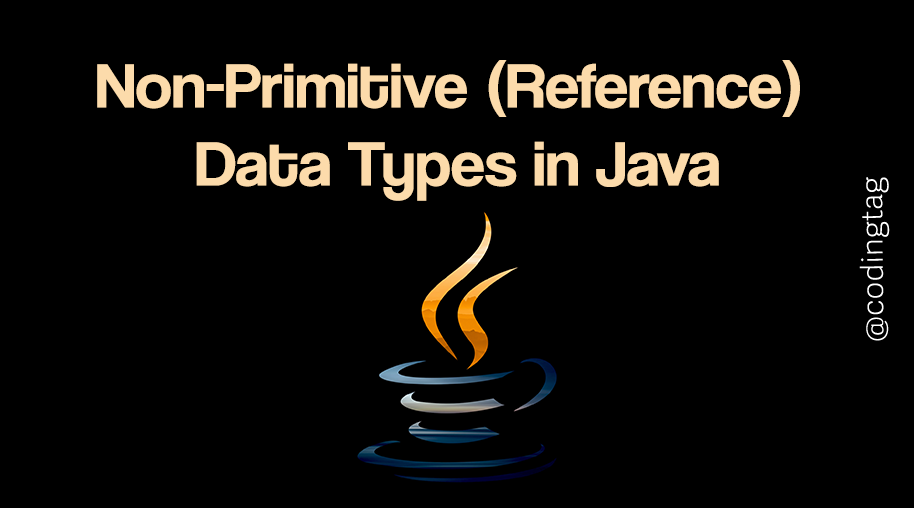JavaFX Introduction
0 586
📱 JavaFX Introduction – Build Modern Java Desktop UIs
As desktop applications evolve to meet modern user expectations, the need for cleaner, richer, and more responsive interfaces becomes essential. JavaFX is Java’s powerful framework designed to tackle that very challenge.
If you're familiar with Java Swing but are looking for a more polished, scalable approach, JavaFX is your next step.
💡 What is JavaFX?
JavaFX is a modern GUI toolkit for Java that enables developers to create desktop applications with rich graphical interfaces. Unlike Swing, JavaFX supports advanced UI controls, animations, CSS styling, and even 2D/3D graphics.
It is a part of the Java ecosystem but not bundled with the JDK from Java 11 onwards, meaning you'll need to include it separately.
🧰 Setting Up JavaFX in Your Project
Before diving into code, you'll need to set up JavaFX correctly. Here's how:
- Install JavaFX SDK: Download it from the official OpenJFX website.
- Configure IDE: In IntelliJ or Eclipse, add the JavaFX libraries to your project build path.
- VM Options: You may need to provide
--module-pathand--add-modulesflags when running the app.
Once set up, you're ready to build your first JavaFX application.
🚀 JavaFX Application Structure: Stage, Scene, and Nodes
In JavaFX, every application follows a structured flow involving:
- Stage – The top-level container (the application window).
- Scene – Holds all the content (UI elements).
- Nodes – Individual components like buttons, text fields, etc.
Here’s a basic example:
import javafx.application.Application;
import javafx.scene.Scene;
import javafx.scene.control.Label;
import javafx.scene.layout.StackPane;
import javafx.stage.Stage;
public class HelloFX extends Application {
@Override
public void start(Stage stage) {
Label label = new Label("Welcome to JavaFX!");
StackPane root = new StackPane(label);
Scene scene = new Scene(root, 400, 200);
stage.setTitle("JavaFX Demo");
stage.setScene(scene);
stage.show();
}
public static void main(String[] args) {
launch();
}
}
This simple code creates a window with a centered label and sets the scene with dimensions 400x200.
🔘 UI Controls in JavaFX
JavaFX provides a rich set of built-in controls to build interactive applications:
Button– Triggers actionsTextField– Accepts user inputLabel– Displays textCheckBox,RadioButton,Slider– Enhance user interactivity
Button clickMe = new Button("Click Me");
clickMe.setOnAction(e -> System.out.println("Button clicked!"));
All controls can be styled using CSS or adjusted dynamically via code.
📐 Layouts in JavaFX
JavaFX uses layout panes to manage the placement of UI elements. Some common layout classes include:
- VBox: Vertically stacks nodes
- HBox: Horizontally stacks nodes
- BorderPane: Divides UI into Top, Bottom, Left, Right, and Center
- GridPane: Arranges elements in rows and columns
VBox vbox = new VBox(10);
vbox.getChildren().addAll(new Label("Name:"), new TextField(), new Button("Submit"));
You can also nest layout panes for more complex designs.
🎨 Styling with CSS in JavaFX
JavaFX supports full CSS styling, allowing you to control fonts, colors, borders, and spacing just like you would on the web. To add a stylesheet:
scene.getStylesheets().add("styles.css");And a sample CSS file might look like:
.button {
-fx-background-color: #4CAF50;
-fx-text-fill: white;
-fx-font-weight: bold;
}
🔁 Event Handling and User Interactions
JavaFX uses lambda-friendly event handlers. You can handle button clicks, text input, or even mouse movements easily.
TextField input = new TextField();
Button greet = new Button("Greet");
greet.setOnAction(e -> {
String name = input.getText();
System.out.println("Hello, " + name + "!");
});
All events run on the JavaFX Application Thread, so be mindful when working with background tasks.
🛠 Optional: Use FXML and Scene Builder
If you prefer visual design, JavaFX also supports FXML – an XML-based layout file – along with Scene Builder, a drag-and-drop UI editor. It separates the UI from business logic and makes it easier to collaborate with designers.
✅ Final Thoughts
JavaFX brings the power of modern UI development to the Java desktop world. With its clean architecture, rich controls, styling options, and support for media and animation, it’s a great framework for creating polished, responsive applications.
Whether you're building a productivity tool or a full-fledged desktop app, JavaFX has all the tools you need to succeed.
If you’re passionate about building a successful blogging website, check out this helpful guide at Coding Tag – How to Start a Successful Blog. It offers practical steps and expert tips to kickstart your blogging journey!
For dedicated UPSC exam preparation, we highly recommend visiting www.iasmania.com. It offers well-structured resources, current affairs, and subject-wise notes tailored specifically for aspirants. Start your journey today!

Share:







Comments
Waiting for your comments